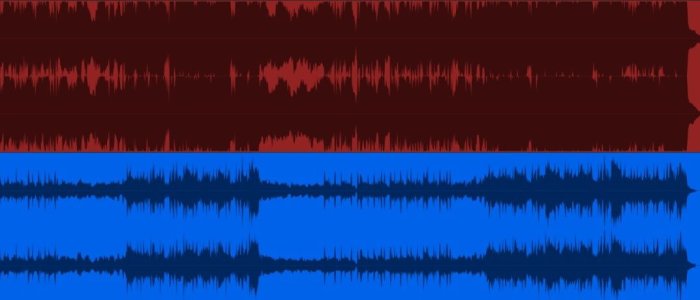QuiteAlright
Gastronomer
A recently hired a mixing engineer to mix a song for me. Because I hired a mastering engineer separately, I specifically asked him not to put any limiter on the mixdown that he sent to me, so that I could have the mastering engineer make those choices instead. However, the file that he sent me is very loud and flat in dynamics compared to the rough mix down that I made myself for reference. I took a look at the waveforms side by side:

To me, it seems obvious that he used a limiter here. There are portions where the audio is very flat, without any spikes from the drums, and it's extremely close to clipping without ever actually clipping at all.
However he claims there's no limiter whatsoever here, and he even sent me a video of his master bus, where I can see that there isn't any limiter plugin added.
Am I simply mistaken, and this is a mix which does not have any particular spikes in the waveform despite not having a limiter applied? Or am I correct in my analysis of the waveforms, and he has somehow put a limiter on accidentally, despite claiming that there isn't one and even sending me a video for proof?

To me, it seems obvious that he used a limiter here. There are portions where the audio is very flat, without any spikes from the drums, and it's extremely close to clipping without ever actually clipping at all.
However he claims there's no limiter whatsoever here, and he even sent me a video of his master bus, where I can see that there isn't any limiter plugin added.
Am I simply mistaken, and this is a mix which does not have any particular spikes in the waveform despite not having a limiter applied? Or am I correct in my analysis of the waveforms, and he has somehow put a limiter on accidentally, despite claiming that there isn't one and even sending me a video for proof?




 I specifically asked him not to use any limiter and to keep it at the same loudness as before.
I specifically asked him not to use any limiter and to keep it at the same loudness as before. 
